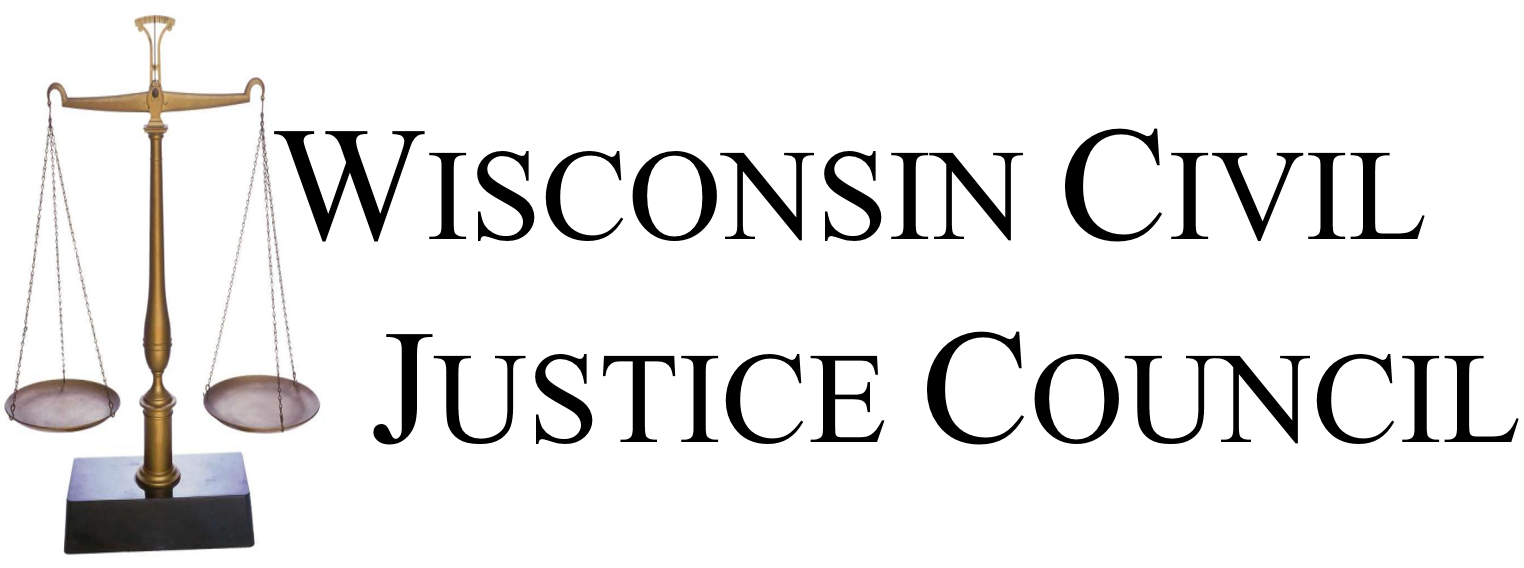In William Sesing Construction, Inc. v. American Bank (2018AP1126), the Court of Appeals District II held that American Bank did not breach its contract nor was it negligent when a Sesing employee embezzled funds from an American Bank account.
Sesing hired Denise Heffner as its bookkeeper. In 2013, Sesing discovered that Heffner was embezzling money by writing to herself blank checks that had been signed by authorized Sesing signatories. Sesing also alleged that Heffner transferred funds without authorization from the Sesing money market account to its checking account, both held by American Bank. Sesing filed this lawsuit against American Bank, claiming breach of contract and negligence and seeking to recoup funds transferred by Heffner from the money market to the checking account.
Citing the 2019 Wisconsin Supreme Court decision in Koss Corp. v. Park Bank, American Bank argued that Heffner was a fiduciary under Wisconsin’s Uniform Fiduciaries Act (UFA) (Wis. Stat. § 112.01), and Sesing failed to show that American Bank acted in bad faith according to the UFA. Sesing disputed whether Heffner was a fiduciary, but the court found that American Bank was not negligent regardless of the UFA’s applicability.
Instead, the court found that Sesing failed to provide evidence that American Bank breached any of its duties when it permitted Heffner to transfer funds between the two Sesing accounts. The court found that American Bank acted in accordance with the agreed upon security protocols regarding transfers. American Bank could not have known Heffner was impersonating an authorized Sesing employee when she made the unauthorized transfers. American Bank also provided monthly statements to Sesing, which could have alerted Sesing to any irregular activity.
Finally, the court found American Bank could not be negligent because Heffner’s transfers of funds from the money market to the checking account were not the proximate cause of Sesing’s loss. When the money was transferred to the checking account, it was still in Sesing’s control. Heffner’s removal of money from the checking account, not the transfer of funds between accounts, led to Sesing’s losses.

